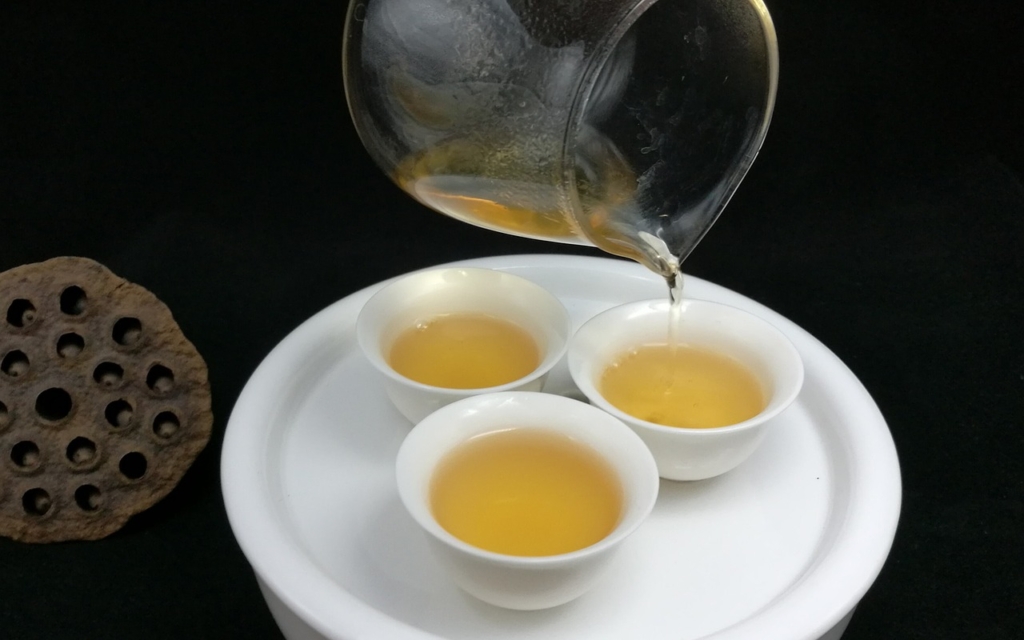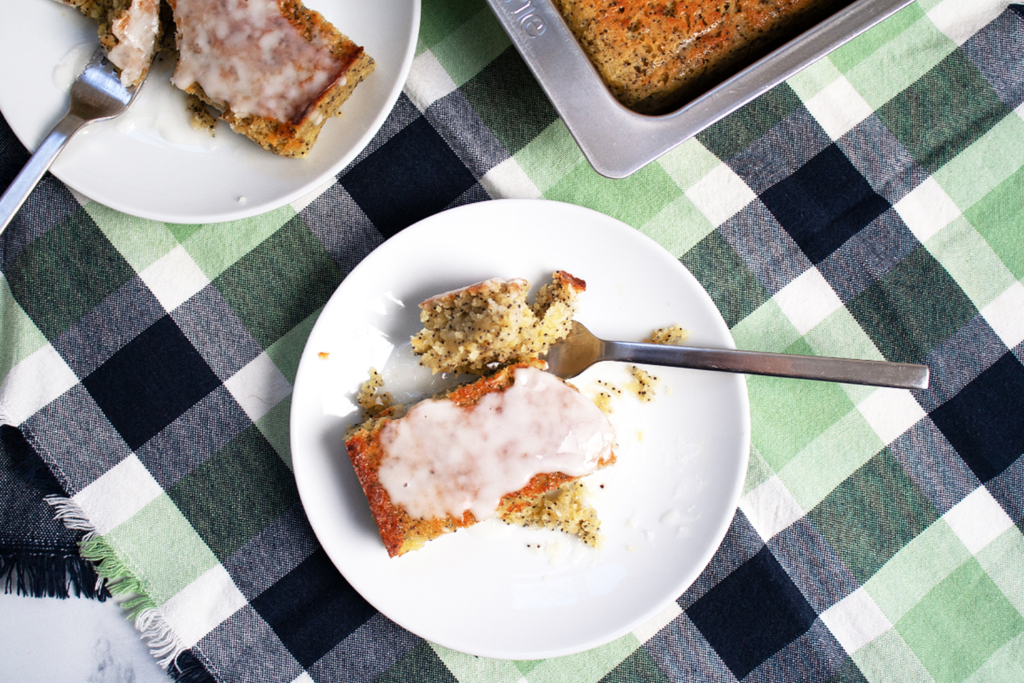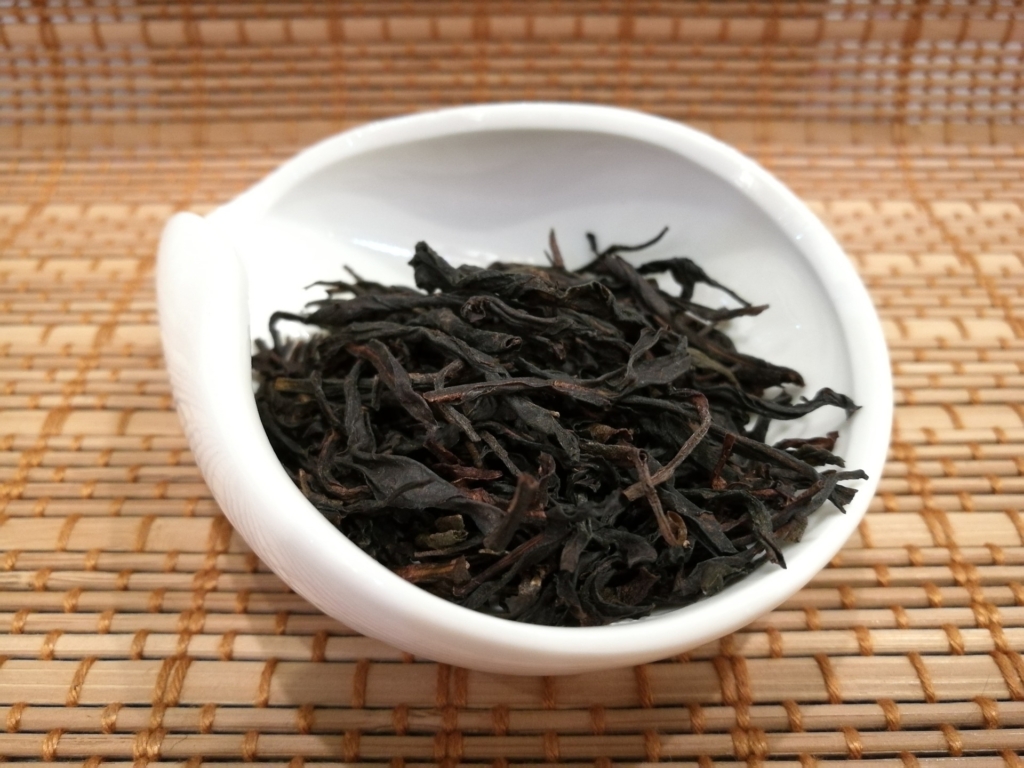This unique white tea is brimming with layers of flavor that can vary from light and grassy to oxidized and woodsy. While the most popular way to enjoy oolong is in a warm mug, there are also countless ways to incorporate this Chinese tea into a variety of delectable dishes.
What is Oolong Tea?
Oolong tea is a type of Chinese tea that has been partially oxidized. Most oolong teas are oxidized by drying in the sun and mechanically twisting or bruising the leaves. The degree of oxidation will vary depending on the type of flavors the teamaker is trying to achieve. Like coffee or wine, there are different types of oolong tea with terroirs unique to their region.

How Many Different Types of Oolong Tea are There?
There are countless varieties of oolong tea available on the market today. The province of Fujian on China’s southeastern coast is famous for its oolong tea. The most expensive oolong teas come from the Wuyi mountains in Fujian; some of the most famous types include Shui Xian, Rougui, and Da Hong Pao. Oolong tea is also cultivated in the Chinese province of Guangdong and in Taiwan.
Cooking With Oolong Tea
There are many factors that go into the flavor of oolong tea; from the type of plant to where it was grown to how long it was exposed to the sun to the method in which it is twisted and shaped. All of these factors contribute to the unique flavor of the tea which can display subtle citrus flavors, grassy notes, deep smoked aromas, to sweet honeyed flavors.

When preparing a cup of oolong tea it is recommended to use water between 175°F and 205°F (never boiling water, which is too hot and can ruin the delicate flavors in the tea).
When cooking with oolong there are a few methods you can use to transcribe the unique flavor of the tea into your finished dish. One of the best ways to do this is to steep the tea in water or milk and use the liquid in your recipe. For instance, you could steep the tea in warm milk and use it in a vanilla cake to infuse the cake with the subtle aromas of the tea. We’d recommend trying this method in our recipe for Strawberry Shortcake or Lemon Poppyseed Cake, where the grassy notes of tea would play well with the fruit.

Another way to add oolong flavors to your desserts is to add a handful of oolong tea leaves to a stick of butter before making Browned Butter. Gently heating the butter helps to also aromatize the flavors of the tea. The browned butter can then be used in any dish that calls for butter!
Want to bring some tea to your next cocktail? Add oolong leaves to the water next time you make a batch of simple syrup to induce the drink with extra flavor. A richly oxidized oolong would play nicely with our recipe for Cranberry Moscow Mules.




